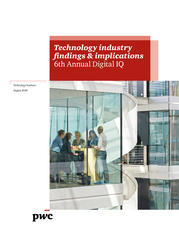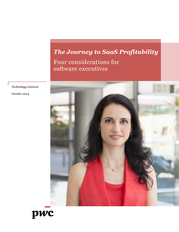Description
www.pwc.com
For a deeper discussion on digital commerce,
please contact one of our leaders:
Joseph Lamano
Principal, Digital Commerce Leader
Tel: +1 408 817 4427
joseph.lamano@pwc.com
Todd McElfresh
Director, Digital Commerce
Tel: +1 214 740 6748
todd.e.mcelfresh@pwc.com
© 2015 PwC. All rights reserved. PwC refers to the US member firm or one of its subsidiaries or affiliates, and may sometimes refer to the
PwC network. Each member firm is a separate legal entity.
Please see www.pwc.com/structure for further details. This content is for general information purposes only, and should not be used as a substitute for consultation with professional advisors. PwC United States helps organisations and individuals create the value they’re looking for. We’re a member of the PwC network of firms in 157 countries with more than 195,000 people who are committed to delivering quality in assurance, tax and advisory services.
Find out more and tell us what matters to you by visiting us at www.pwc.com/US. 95207-2016 LL .
Please see www.pwc.com/structure for further details. This content is for general information purposes only, and should not be used as a substitute for consultation with professional advisors. PwC United States helps organisations and individuals create the value they’re looking for. We’re a member of the PwC network of firms in 157 countries with more than 195,000 people who are committed to delivering quality in assurance, tax and advisory services.
Find out more and tell us what matters to you by visiting us at www.pwc.com/US. 95207-2016 LL .
Investor Relations Presentations
+
Investor Relations Sub Categories














